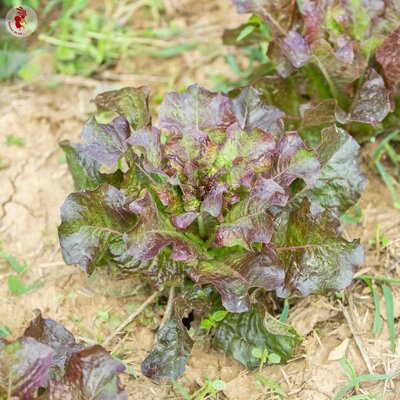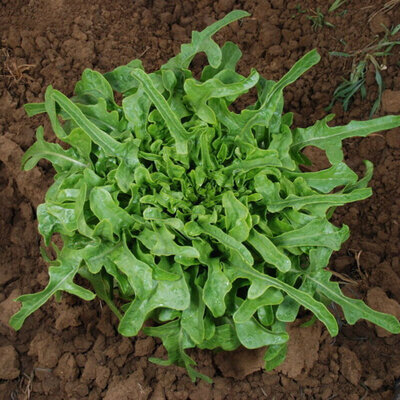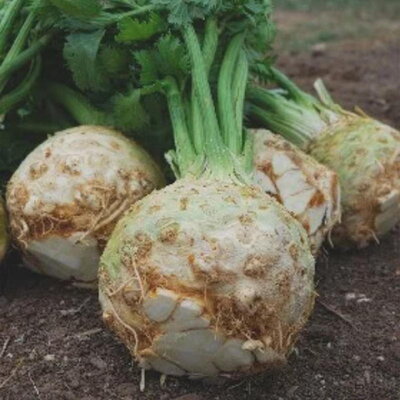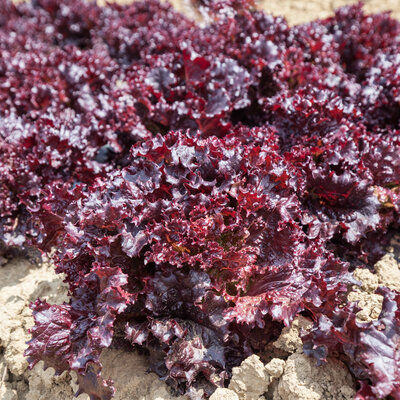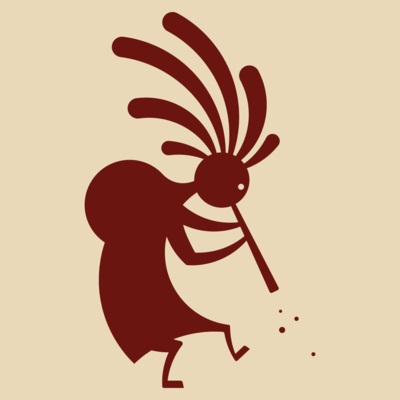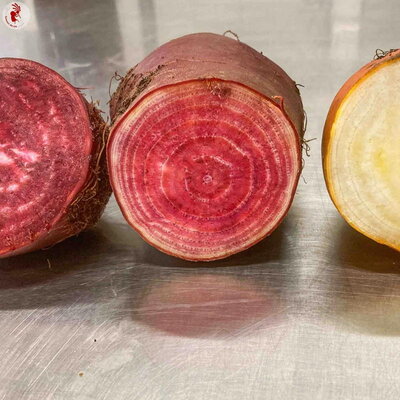
3 Root Grex - Mixed Colours Beet
This variety, an ever-evolving gene pool, offers mostly elongated roots in rainbow colors: red, orange, pink, purple...
This gene pool, created by Alan Kapuler, involves three very old varieties: "Yellow Intermediate", "Crosby Purple Egyptian" and "Lutz".
These products may also be of interest to you
in the ground, online
Sow in pots. Transplant at least 20 cm apart in all directions, when plants have 5 to 6 leaves and soil is sufficiently warm. Sow directly in place, in rows 20 to 30 cm apart. As soon as plants have 3 to 4 leaves, thin to 15 or 20 cm along the line, keeping the most vigorous. Overgrown plants can be transplanted.
Sow every 2 to 3 weeks to stagger harvesting, and water regularly.
February, March
April, May, June
June, July, August, September, October, November
in the ground
sunny, semi-shade
medium
all floor types
drained, light, fees
Beta vulgaris
mid-season
From 80 to 500 g
6 grams
elongated
tender
Mixed Colours
From 40 to 60 cm
From 15 to 20 cm
corrugated
United States
It's a gene pool created by Mushroom involving three varieties: Yellow Intermediate, Crosby Purple Egyptian and Lutz.
Alan Kapuler
As well as being excellent vegetables, beet is rich in vitamins A, B1, B2, B6 and C, and its leaves, which are also an excellent source of many minerals and trace elements (calcium, magnesium, copper, phosphorus, sodium, iron, etc.), contain as much, if not more, iron.The root contains fewer minerals than the leaves, but provides a long list of interesting substances: choline, folate, iodine, manganese, sodium, potassium, fibre, as well as carbohydrates in an easily digestible form. And although its iron content is not very high, it is of excellent quality, making beet an interesting food to help blood synthesis. Particularly recommended in cases of haemorrhage, in preparation for childbirth or during convalescence...



